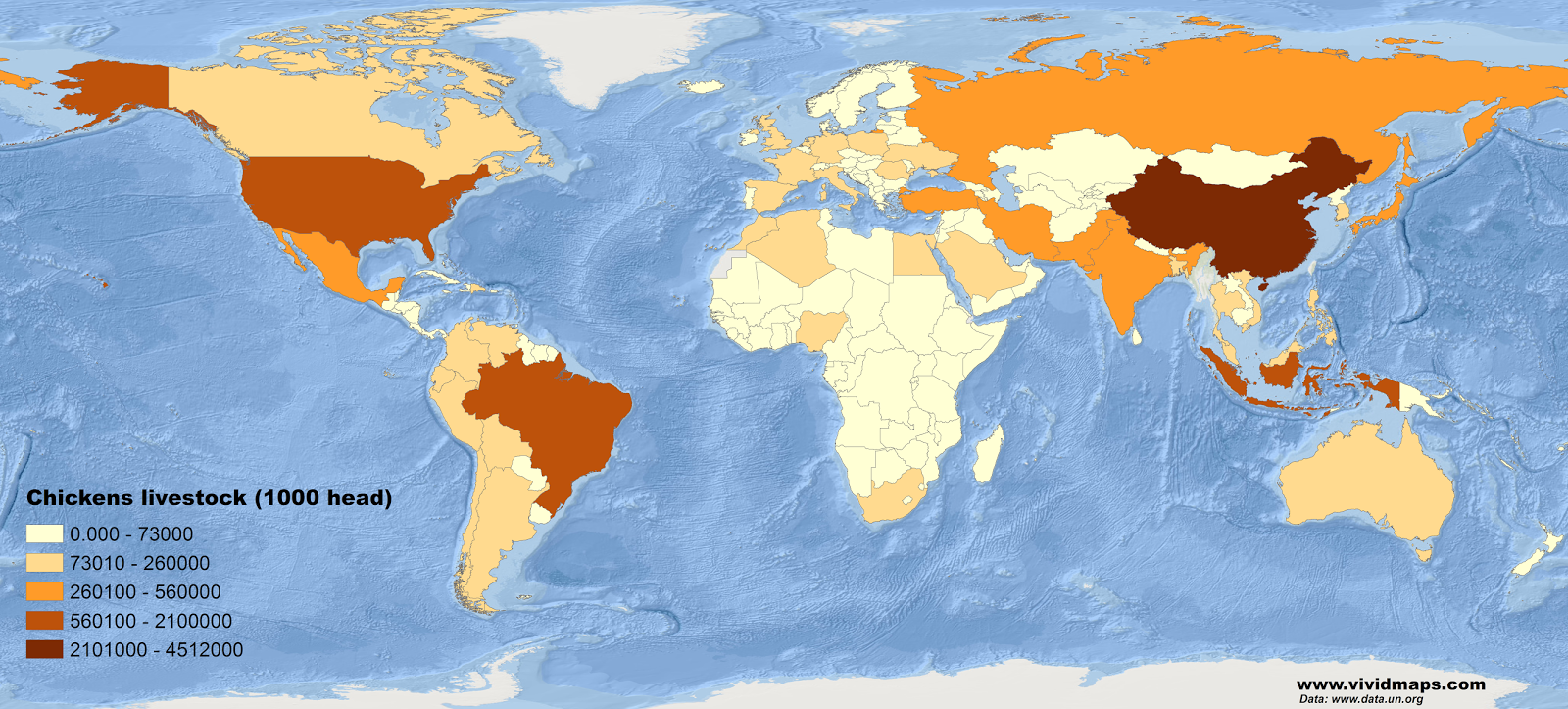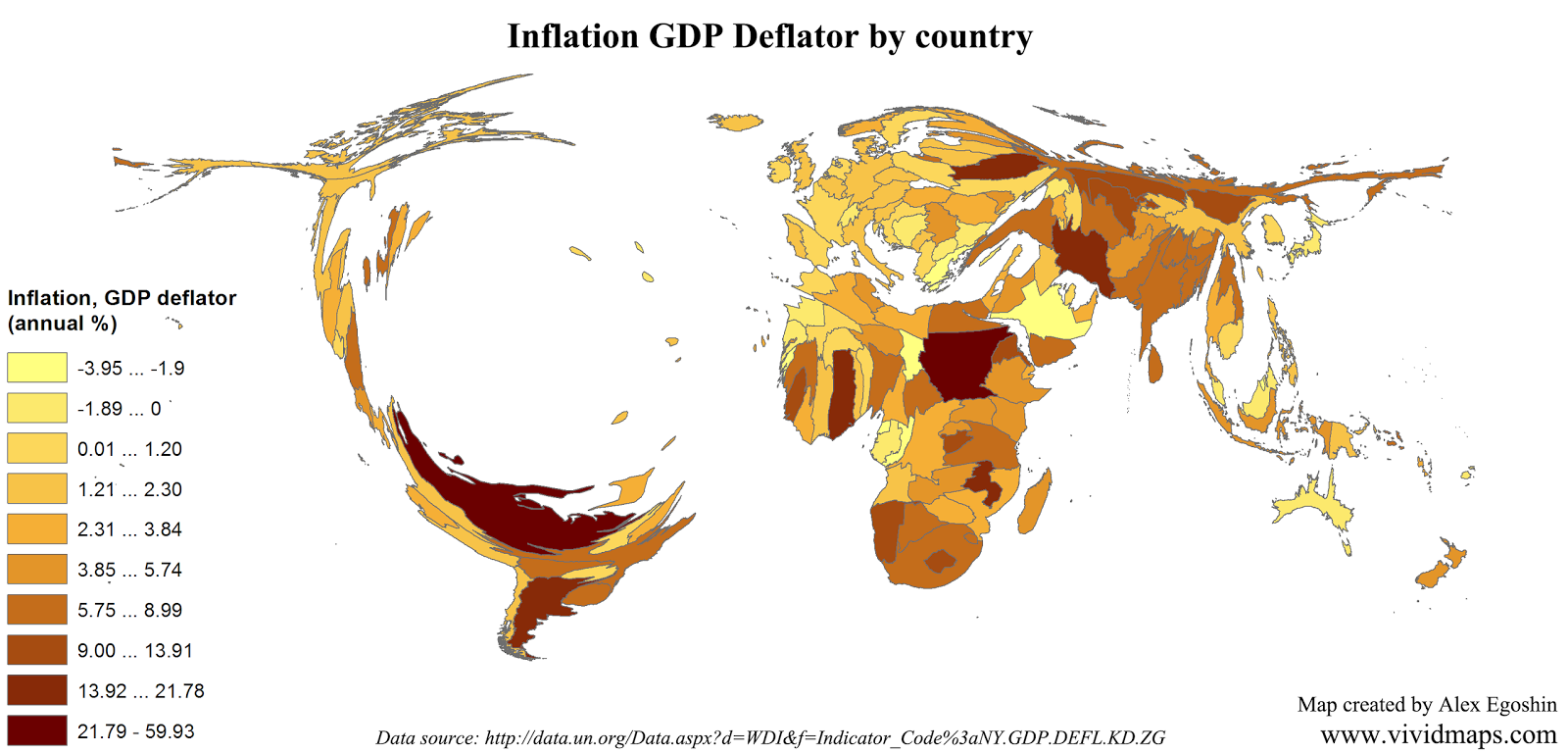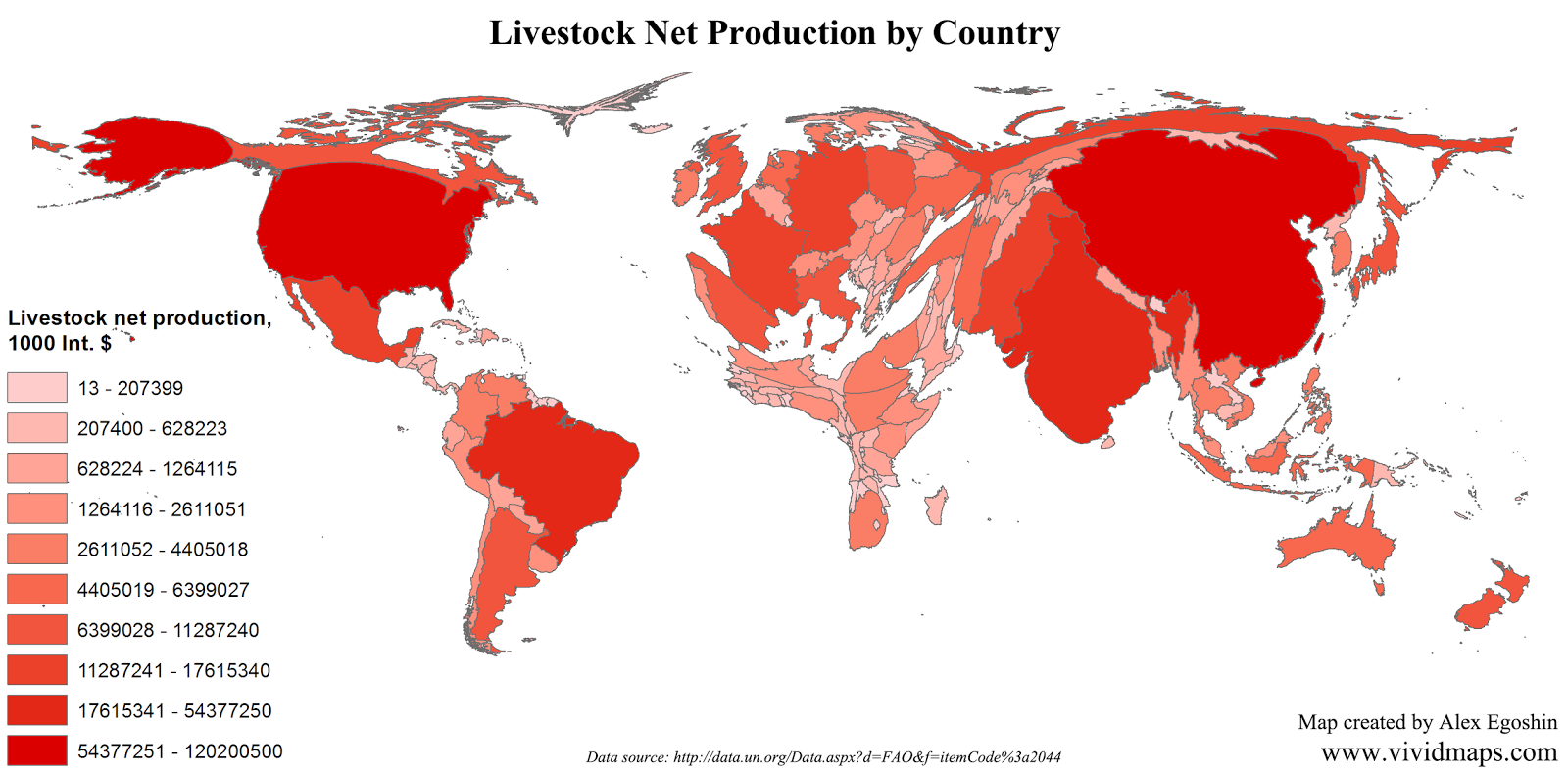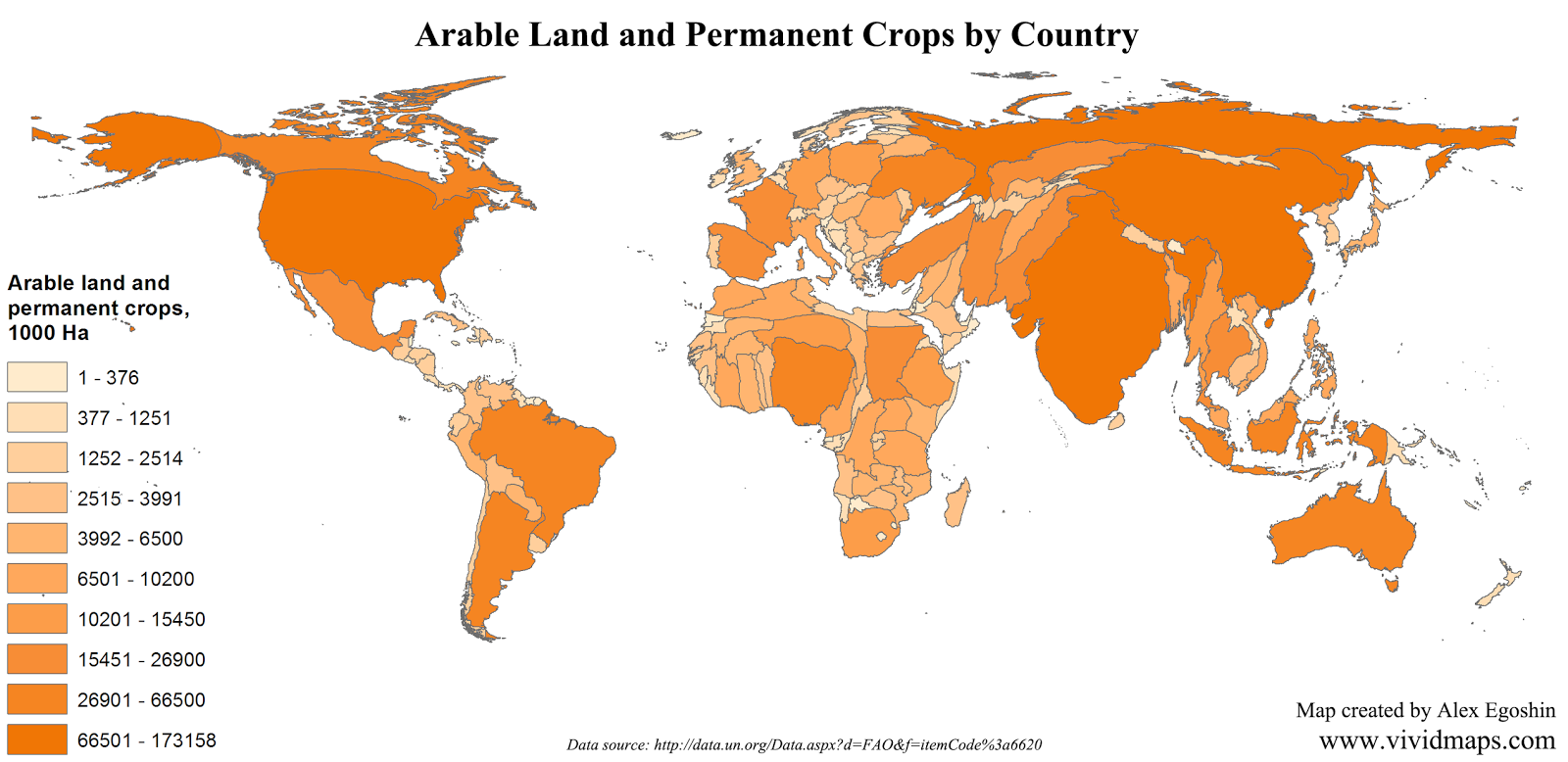The Rise & Fall Of The Roman Empire: Every Year
The Roman Empire left a mark that still echoes through Europe, North Africa, and the Middle East. At its height under Trajan around 117 CE, it covered roughly 5 million km²—that’s nearly 2 million mi², stretching across three continents.
But behind that massive empire was a long climb. From its humble city-state beginnings, Rome became a republic and pushed outward in the 3rd and 2nd centuries BCE, notably during wars against Carthage and the Greek Achaean League. The decisive moment came in 146 BCE, when Rome defeated the Achaeans at Corinth and formally annexed Greece.
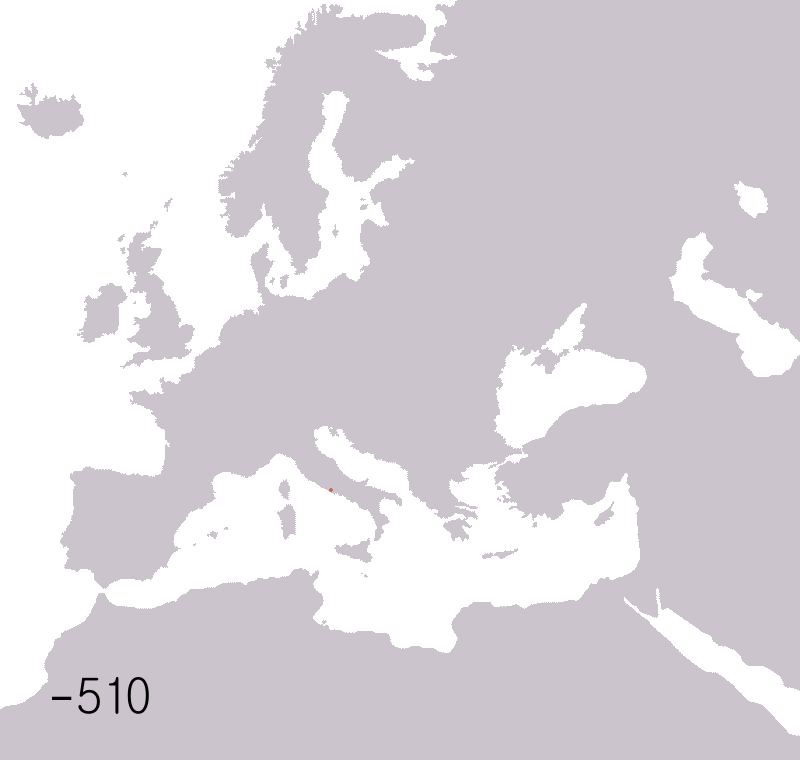
Next, we shift focus from how much territory Rome controlled to how long it held it. The map below was created by Reddit user Alexandreevich, which shows territories of the Roman Empire by the approximate number of years in the empire.
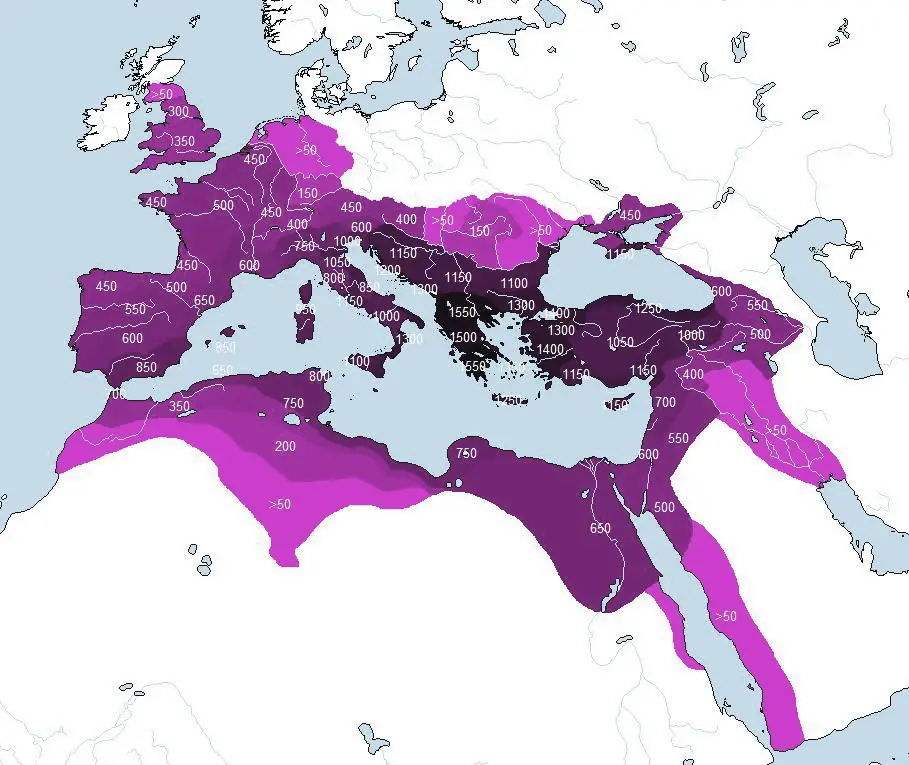
By the 4th century, Emperor Diocletian split the empire administratively into Western and Eastern halves. The West collapsed in 476 CE, but the Eastern Roman Empire, also known as Byzantium, persisted until 1453 CE, when Constantinople fell to the Ottomans.
That span—from 27 BCE (when Augustus became emperor) to 1453 CE—means Rome, in imperial form, endured about 1,480 years.
But not all regions had the same experience. Some slipped from Rome quickly; others stayed on much longer.
One region in particular outpaced all others: Greece.
- In 146 BCE, Greece became part of the Roman provinces of Macedonia and Achaea after the Achaean War.
- By 476 CE, the Western Empire had fallen—Greece was entirely under Eastern (Byzantine) control.
- Finally, in 1453 CE, the Byzantine Empire ended with the Ottoman conquest of Constantinople.
That’s almost 1,600 years under Roman or Byzantine governance—far longer than most regions ever remained under one unified state.
As a broader perspective, if we trace Rome’s story from the Republic’s founding in 509 BCE to the fall of Byzantium in 1453 CE, that’s over 1,900 years—nearly two millennia of Roman political evolution.
📚 For readers who want more:
- The Decline and Fall of the Roman Empire (Amazon link)
- The Fall of the Roman Empire: A New History of Rome and the Barbarians (Amazon link)
Related posts:
– Birthplaces of Roman Emperors from Augustus to Theodosius I
– Roads of the Roman Empire

